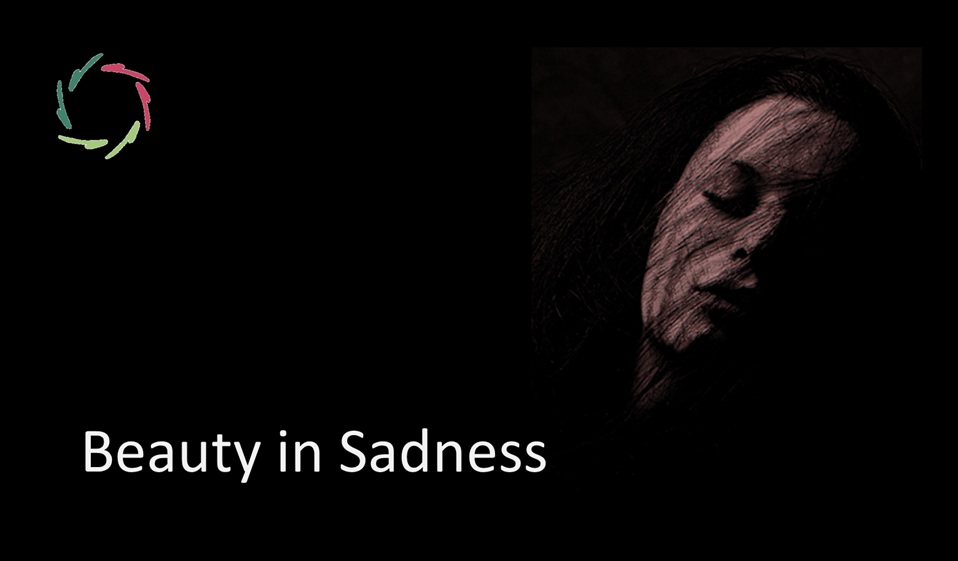Enemy Outside – Enemy Inside

I dare say that the former almost never goes without the latter. Unfortunately, it happens ubiquitously. In my view, this is not an innate human condition but a weakness.
Imagine a person
Imagine a person as a big bubble, and within that big bubble, there’s a small bubble.
The big bubble is the total person. The small bubble is the ego.
The ego can also be conceptualized as a layer around the rest of the total person (‘deeper self’).
Vision from mere-ego
If the small bubble thinks nothing else exists within the person, we can talk of the mere-ego.
Outside of the mere-ego, much can happen inside and outside of the total person. In reality, there’s an immense difference between these two. However, the mere-ego doesn’t appreciate this difference. Outside is outside.
Here comes the enemy
Usually, the mere-ego is intensely bent on the idea of ‘being in control.’ The fundamental lack of control within the person – any person – may therefore provoke deep anxiety. With this anxiety comes the feeling of being besieged by some ‘enemy’ and, as a result, aggression.
When the lack of control is related to the total person, anxiety is nearby. Indeed, one can distinguish this anxiety on the one hand and ‘fear’ on the other hand. Fear is mainly related to something outside the person. It is primarily for something concrete, while anxiety is related to what happens inside the person ― outside of the ego. This way, the object of anxiety is less circumscribed. It is a vagueness inside the total person.
For instance, in a phobia, the object may seem concrete, but it is eventually not the little spider that is so fear-provoking. Instead, it’s about anxiety for what the little one symbolizes ― within the person with the phobia.
The enemy, this way, is an enemy inside.
Mere-ego doesn’t see this. Still, it tries to defend itself – remember the anxiety – against this ‘enemy.’
You can probably see what happens as a result: not seeing the enemy inside, he/she/it is seen as something outside. With much vagueness inside, the stage is set to see him/her/it in some illusion or projection outside
The reaction is logical and wrong. Other people are easy targets for projection because they are similar – as a matter of fact – to the own person.
This way, the simple scheme is, time and again, the cause of social aggression.
What happens inside gets projected into others. If these others are sufficiently similar, the projection is straightforward. With enough dissimilarity (different race, gender, culture, or such), the projection works from feeling a huge dissimilarity between mere-ego and deeper self ― this is, with substantial dissociation.
Frequently, one sees a particularly aggressive treatment of abdicators ― for instance, in religion or ideology. They are most anxiety-provoking because they were first seen as being ‘part of.’ By renouncing, they symbolize an inside tear. The ensuing hurt is seen as provoked by them, for which they are deemed guilty and deserve punishment.
From personal to global
This scheme may happen between two individuals. Unfortunately, also between many individuals, up to the global scale.
With any war, look for this scheme, in which two camps are basically fighting themselves. The outside cause is frequently of such a nature that the warring enemies don’t even precisely know why they are doing this ― or they may come to realize their unknowing with a little openness. Seen from the outside in space or time, the apparent reasons may plainly look silly, especially given the human cost and the lack of deep communication.
It is as simple as it is utterly sad.


